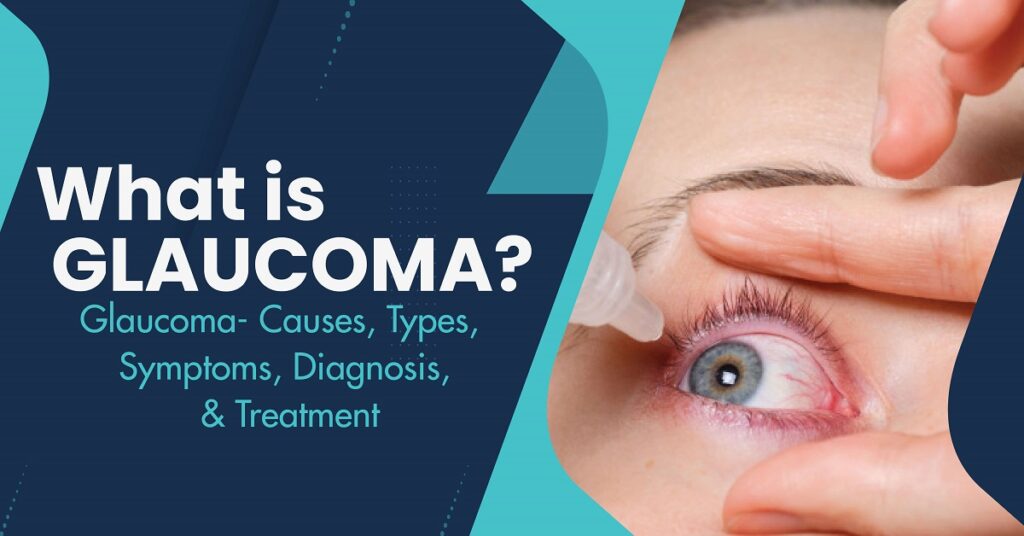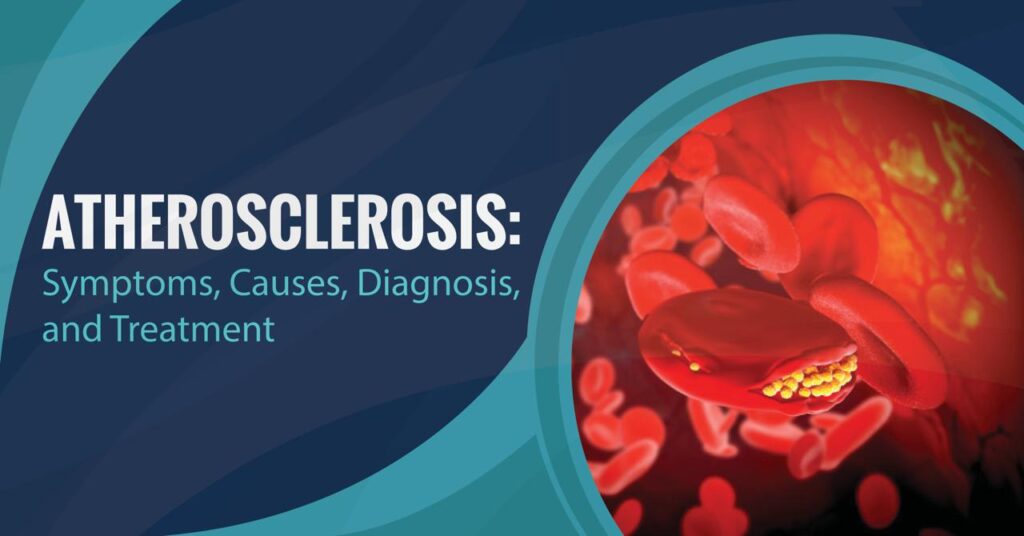Introduction
Migraine is a neurological disorder with acute pain in the head; nausea, vomiting, and extreme sensitivity to light or sound can also occur. Migraine has an impact on millions worldwide, making it a great interferent in daily life. The following article will explore types of migraines, the causes, symptoms, and triggers of these conditions, as well as treatment, such as drugs and lifestyle adjustments. This article is designed for either someone who suffers from migraines or those looking to learn more about this condition and its management.
What is a Migraine?
A migraine is a severe, recurrent headache often accompanied by symptoms such as nausea, vomiting, and sensitivity to light and sound. It is a neurological condition that can last for hours or days, significantly affecting daily activities. Migraines are usually caused by a combination of genetic and environmental factors.
You can read also:- What Is the Difference between PCOD and PCOS?
What are the types of migraine?
There are several types of migraines, each with distinct characteristics:
- Common Migraine: Migraine without Aura This is the most common type. It is characterized by severe, one-sided headaches that are accompanied by nausea, vomiting, and photosensitivity or phonosensitivity in the absence of warning signs.
- Classic Migraine: Migraine with Aura This follows all the classic headache symptoms followed by visual disturbances or other neurological symptoms, known as auras, such as flashing lights or blind spots.
- Chronic Migraine: This is when someone gets migraines for 15 or more days per month, which can last for at least three months. It is a condition that causes pain to occur more often and last longer.
- Hemiplegic Migraine: A form of migraine that results in short-lasting paralysis or weakness on one side of the body along with typical migraine features.
- Retinal Migraine: This is a type of migraine that causes temporary loss of vision or blindness in one eye, accompanied by a headache.
- Vestibular Migraine: This is characterized by dizziness, vertigo, and balance problems, in addition to the common headache symptoms.
- Menstrual Migraine: These migraines are associated with the menstrual cycle and usually occur just before or during menstruation.
Symptoms of migraine
Migraine symptoms can vary, but common signs include:
- Severe Headache: Typically one-sided, throbbing or pulsating in character and worsening with physical activity.
- Nausea and Vomiting: Nausea is present in many individuals; vomiting may occur during the course of a migraine.
- Sensitivity to Light (Photophobia): A sensitivity to light is common; environments well-lit are uncomfortable.
- Sensitivity to Sound (Phonophobia): Sound is highly aversive, so environments with a lot of noise are unpleasant.
- Aura: In migraine with aura, visual disturbances such as flashing lights, blind spots, tingling, or speech difficulty can occur before the headache.
- Fatigue: A person may feel drained during or after a migraine attack.
- Dizziness or Vertigo: Some people experience dizziness or problems with balance, especially with vestibular migraines.
- Neck Stiffness: Some people experience tightness or pain in the neck during a migraine.
Causes of migraine
The exact cause of migraines is not fully understood, but several factors are believed to contribute to their development:
- Genetics: A family history of migraines has a tendency to increase the incidence of them, thus indicating a hereditary predisposition.
- Brain Chemistry and Nerve Pathways: Some changes in brain chemicals, especially serotonin, can affect nerve pathways to cause migraines. Abnormal brain activity may also be considered.
- Hormonal Changes: Hormonal changes, often seen in women during their menstrual cycle, pregnancy, or menopause, also trigger migraines.
- Environmental Triggers: Bright lights, loud noises, strong smells, weather changes, and exposure to smoke or chemicals can trigger a migraine.
- Stress and Anxiety: Migraines are often triggered by emotional stress and tension because of the impact of stress hormones on brain function.
- Diet and Food Triggers: Certain foods and drinks, including alcohol, caffeine, aged cheeses, and processed foods, can provoke migraines in some people.
- Sleep Patterns: Irregular sleep, such as too much or too little sleep, can induce or worsen migraines.
- Physical Factors: Intense physical exertion, including exercise or sexual activity, can sometimes induce a migraine.
- Medications: Some medications, especially overuse of pain relievers, can cause rebound headaches or induce migraines.
Risk factors for a migraine
Several risk factors can increase the likelihood of experiencing migraines:
- Family History: A parent or sibling with migraines increases the risk of developing the condition by a significant degree, suggesting a genetic predisposition.
- Age: Migraines often start during adolescence or early adulthood, and most people have their first attack between the ages of 18 and 44.
- Gender: Migraines are more common among women, particularly during the reproductive years when fluctuations in hormone levels can be attributed to menstruation, pregnancy, or menopause.
- Hormonal Changes: Menstrual periods, pregnancy, and menopause have all been known to influence migraine in women by hormonal fluctuations.
- Stress and Mental Health Disorders: High-stress levels, anxiety, and depression increase the risk of getting migraines. Emotional and psychological stress often serves as a trigger.
- Sleep Disorders: Poor sleep quality, irregular sleep patterns, or sleep deprivation may also lead to migraines.
- Dietary Factors: Some foods cause a migraine attack, particularly processed meats, aged cheese, alcohol, and all foods containing additives like MSG.
- Rebound Headaches: Many people suffer from frequent use of pain medications, including OTC drugs, which cause rebound headaches and increase the frequency of migraines.
- Environmental Triggers: Bright lights, loud noises, or strong smells can be environmental causes of a migraine attack or weather changes, and environmental pollution.
Migraine vs headache
Migraines and headaches are both conditions involving head pain, but they differ in terms of severity, symptoms, and underlying causes. Migraines are characterized by intense, throbbing pain, usually on one side of the head, and can last from 4 hours to 72 hours. They are often accompanied by symptoms like nausea, vomiting, sensitivity to light (photophobia), sound (phonophobia), and sometimes visual disturbances (aura). Migraines arise from different factors that can range from hormonal changes, stress, certain food items, or environmental factors. Migraines are often associated with genetic and neurologic causes and changes in brain chemicals take part in causing the pain.
Headaches tend to be less severe with dull or mild pain affecting an entire head or some portion of it. They tend to occur for a shorter time frame ranging from a few minutes up to a few hours. Symptoms such as nausea, and sensory disturbances are usually not included. Headaches can be precipitated by factors like dehydration, tension, sinus problems, and muscular strain. While migraines can occur often and be more severe, headaches are generally episodic and brought on by simpler causes. Main differences in intensity, related symptoms, and duration reveal that a migraine is indeed more severe and longer lasting than a common headache.
You can read also:- Gastroenteritis (Stomach Flu): Causes, Symptoms, Diagnosis and Treatment
Treatment of Migraine
The treatment for migraines is to help reduce the frequency and severity of attacks, alleviate symptoms, and improve quality of life. A general division of treatment options can be made into acute treatments to be used during an attack and preventive treatments to reduce the frequency of future migraines.
Acute Treatments:
- Pain Relief Medications: Over-the-counter pain relievers such as ibuprofen, aspirin, or acetaminophen can be used to control mild to moderate migraine pain. More severe pain can be treated with stronger prescription medications, such as triptans (e.g., sumatriptan), which specifically target migraine pathways.
- Anti-Nausea Medications: These are sometimes used to manage nausea and vomiting related to migraines. Metoclopramide and prochlorperazine are common anti-nausea medications.
- Combination Drugs: Some combination drugs combine pain relievers with caffeine or anti-nausea drugs to speed recovery.
- Ergotamines: These are less commonly used but can be helpful in severe migraines. They can also be prescribed if triptans are not effective.
- Corticosteroids: For very severe or prolonged migraine attacks, corticosteroids can be used to reduce inflammation and pain.
Preventive Treatments:
- Medications Beta-blockers, such as propranolol, and antidepressants, such as amitriptyline, often decrease the occurrence of migraines. New options include anticonvulsant drugs, like topiramate, and drugs that are inhibitors of CGRP; Botox Injections: Botox for chronic migraine may also prevent subsequent attacks.
- Lifestyle Changes: Regular sleep patterns, stress management techniques (such as meditation or yoga), and avoiding known triggers (like certain foods, dehydration, or lack of sleep) can significantly reduce the frequency of migraines.
- Diet and Nutrition: Identifying and staying clear of triggers like caffeine, alcohol, and such cheeses can help to prevent migraines. Meals should be taken regularly as well as fluids consumed.
- Cognitive Behavioral Therapy: This helps individuals learn to manage stress and anxiety, which are common triggers of migraine.
- Acupuncture: Acupuncture was noted by some studies to be effective in reducing migraine frequency and severity.
Conclusion
In conclusion, a migraine is a debilitating neurological condition that substantially affects a person’s quality of life. To implement effective management, understanding the types, causes, symptoms, and treatment options is important. Patients with migraine can often be controlled using a combination of acute treatments and preventive measures, enabling them to lead more comfortable lives. Since migraine falls under the scope of neurology, diagnosis, and treatment would be best managed by neurology specialists. Shekhawati Hospital having experience in serving neurological care will provide with the best resources and treatment options for the migraine patients. Their team of neurologists who are deeply experienced are committed to offering individualized attention to help patients tackle and divest themselves of migraine attacks.









